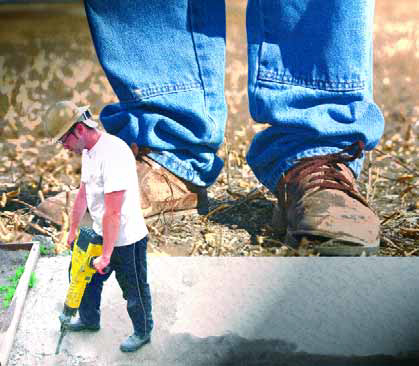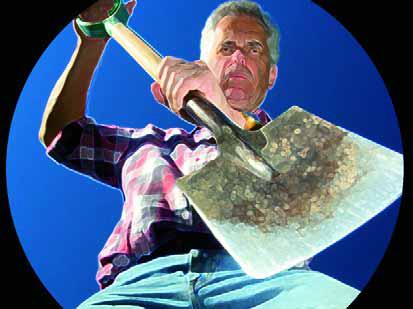column
Our discussions in the last two issues have been about excavation, which leaves us this time with a big, literal void that serves as a relatively exact dimensional representation of the vessel we're building. After we've installed the forms - a subject I've covered in great detail in a number of past columns - it's time for the installation of the plumbing and steel. Before we jump into that process, however, let me make a key point: Although I am a knowledgeable builder who has paid attention through the years and can work his way through lots of watershaping projects without assistance, I am not
In my first WaterShapes column last month, I made the point that small jobs can and should be pursued with every bit as much creativity and energy as large ones. No matter the size of the job, my task as designer and installer is to make all of my clients happy by sharing with them the value, joy and comfort of which watershapes and landscapes are capable. Indeed, making that happen is my charge from initiation of the design process right through any changes and adjustments and all the way up to the final washing of the driveway and topdressing of any damaged sections of lawn. On any scale or level, what I've noticed is that the smallest projects are quite often
In my first WaterShapes column last month, I made the point that small jobs can and should be pursued with every bit as much creativity and energy as large ones. No matter the size of the job, my task as designer and installer is to make all of my clients happy by sharing with them the value, joy and comfort of which watershapes and landscapes are capable. Indeed, making that happen is my charge from initiation of the design process right through any changes and adjustments and all the way up to the final washing of the driveway and topdressing of any damaged sections of lawn. On any scale or level, what I've noticed is that the smallest projects are quite often
In last month's introduction to what it takes to prepare for, organize and complete the excavation stage of the watershape-construction process, basic common sense was the governing factor in how the process should proceed. What I was discussing last time, however, was simple, flat-site excavations - cases in which access is commonly not an issue, soils are often consistent across a site and the potential surprises are relatively few. This time, my focus is an altogether different breed of excavations - that is, the task of preparing a sloping, hillside site for installation of a watershape. This process offers
In last month's introduction to what it takes to prepare for, organize and complete the excavation stage of the watershape-construction process, basic common sense was the governing factor in how the process should proceed. What I was discussing last time, however, was simple, flat-site excavations - cases in which access is commonly not an issue, soils are often consistent across a site and the potential surprises are relatively few. This time, my focus is an altogether different breed of excavations - that is, the task of preparing a sloping, hillside site for installation of a watershape. This process offers


















Life’s Absurdities